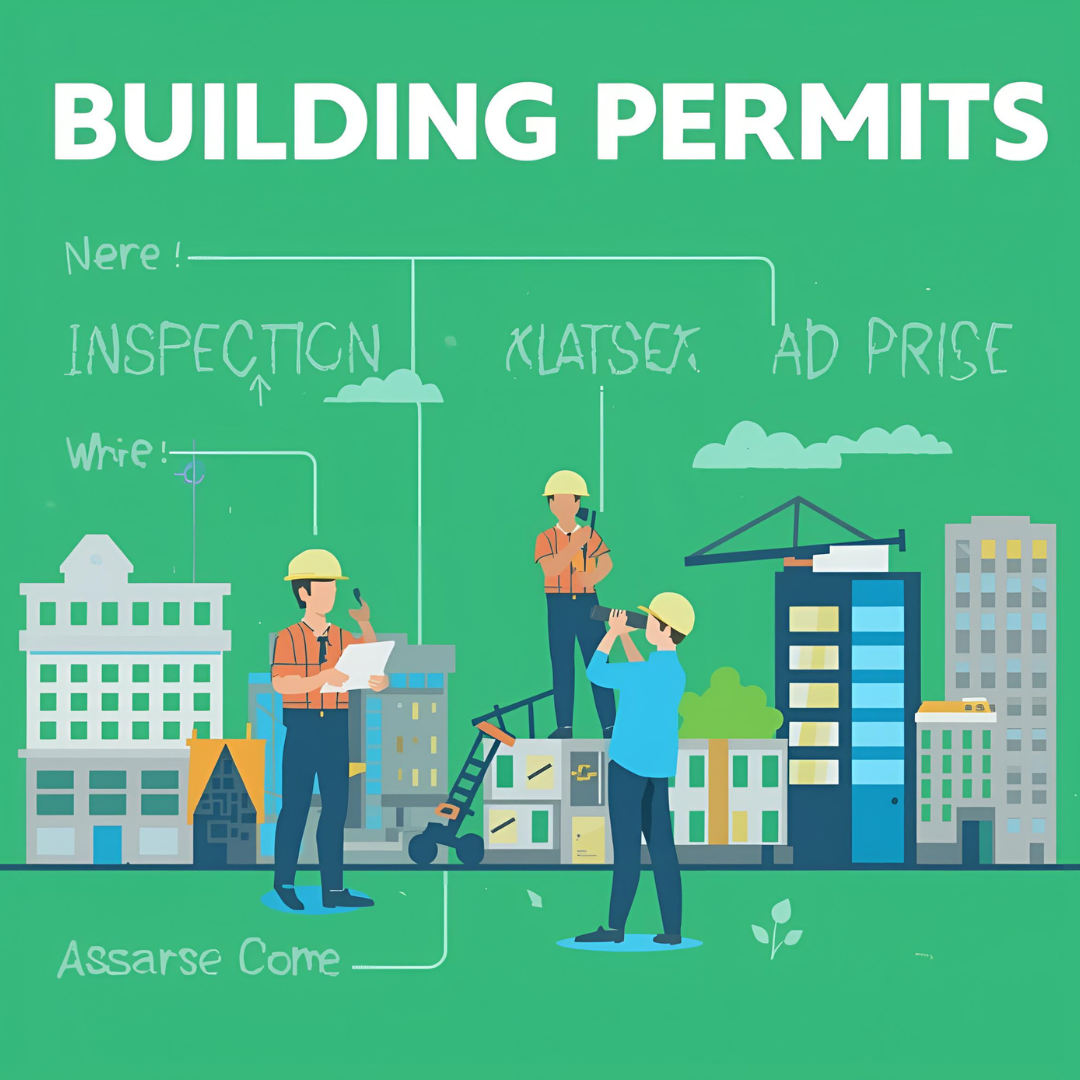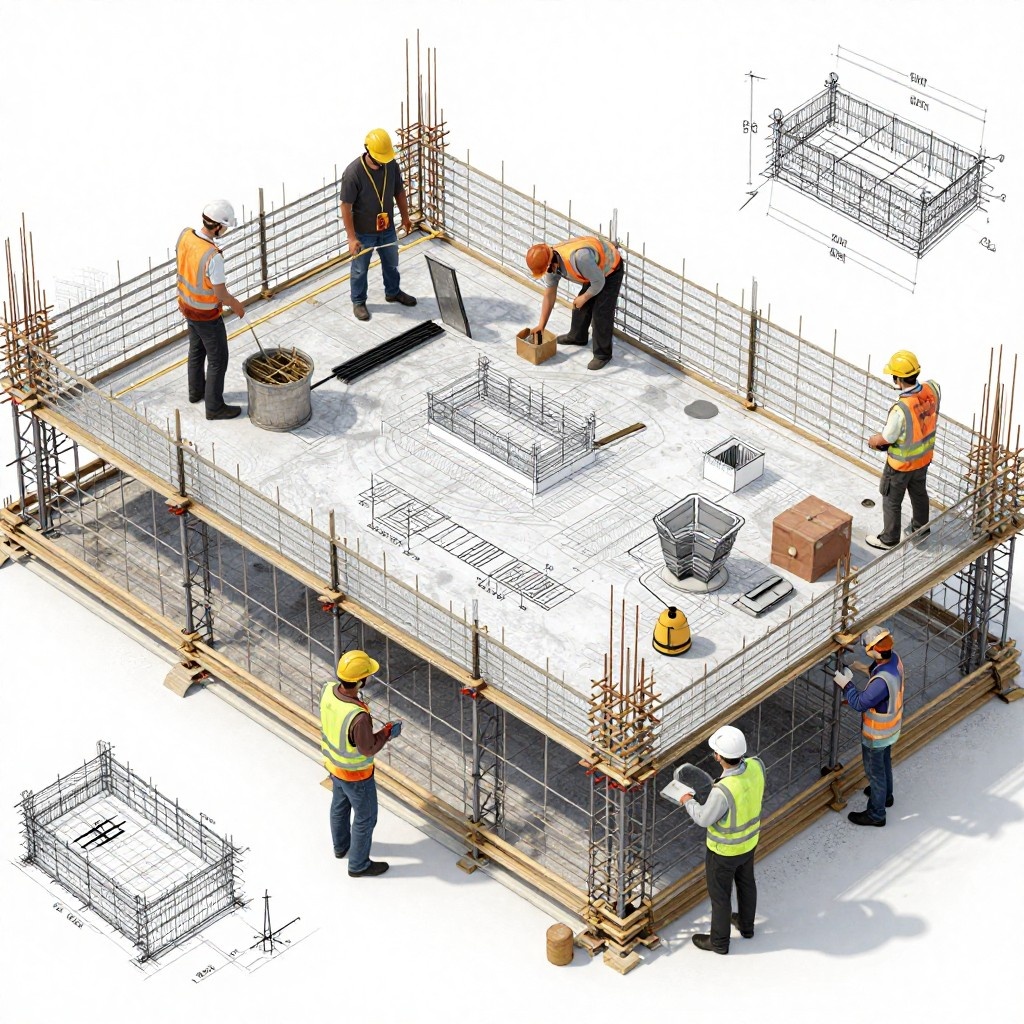
Steel detailing plays a vital role in bridging the gap between design and construction. Steel Detailing is a specialist area of structural drafting. The process entails interpreting architectural and structural engineering drawings to gain a thorough working knowledge of the overall design intent of a building or structure. We produce comprehensive specifications, drawings, and instructions for the fabrication, assemblage, and erection of steel components.
What Is Steel Detailing?
Steel detailing involves the creation of detailed drawings for steel fabricators and erectors. These drawings include shop drawings used for fabrication and erection drawings used for on-site assembly. They often also show details with specific information and requirements, including all work that must be done on-site.
A steel detailer interprets the design intent provided by architects and structural engineers and translates it into comprehensive visual instructions. These instructions are essential for fabricators in manufacturing and contractors in erecting the structure safely and accurately.
Why Steel Detailing Matters in Construction

Steel detailing is critical because:
- It ensures structural integrity. Accurate details help avoid construction failures.
- It reduces errors and rework. Precision drawings minimize costly mistakes.
- It supports efficient scheduling. Coordinated models streamline fabrication and site activities.
- It improves collaboration. Clear communication between architects, engineers, and contractors becomes easier.
Steel detailing is not just a support process—it is an integral component of the construction life cycle that supports efficiency, safety, and quality control.
Key Components of Steel Detailing
Steel detailing produces several key deliverables:
Shop Drawings

They are used to guide the steel erector on the construction site as to where and how to erect the fabricated steel members. These drawings usually show dimensioned plans to locate the steel members, and they often also show details with specific information and requirements, including all work that must be done on site (such as bolting, welding, or installing masonry anchors). Since the erection drawings are intended for use in the field, they contain very little specific information about the fabrication of any individual steel member; members should already be completed by the time the erection drawings are used.
Erection Drawings
They are also called detail drawings, and are used to specify the exact requirements for fabricating each member (or assembly) of a structure, and are used by the steel fabricator to fabricate these members. Complete shop drawings show material specifications, member sizes, all required dimensions, welding, bolting, surface preparation, and painting requirements, and any other information required to describe each completed member. The shop drawings are intended for use by the fabrication shop, and thus contain little or no information about the erection and installation of the steel members they depict; this information belongs in the erection drawings.
Material Lists and BOMs (Bills of Materials)
These include Quantity and type of steel components, Fasteners, accessories, Weights, and dimensions. A manufacturing BOM sometimes also includes a full set of instructions on how a product must be assembled, right from the conception phase through to the finished product ready for shipping.
These deliverables together ensure a seamless transition from design to fabrication to erection.
Steel Detailing Process Explained
The steel detailing workflow involves several methodical steps:
Creation of Design Drawings:
Using specialized software, the detailer produces precise 2D and 3D drawings that represent steel parts including columns, beams, and braces. Along with dimensions, floor levels, and material alternatives, the engineer specifies sizes, orientations, and connections.
Materials and Budget Assessment:
The contractor, fabricator, or erector uses the design drawing to evaluate the project’s volume, material needs, time-frame, available resources, and probable trouble spots to provide an accurate cost estimate.
Creation of Shop Drawings:
Fabricators create shop drawings to provide complete production instructions for steel components, including dimensions, material needs, connection details, welding details, and assembly instructions. Before construction, they also provide an erection mark.
Creation of General Arrangement Drawings (GAD):
A GA drawing, also known as a marking plan or marking elevation, is made using specialized modeling software to show where fabricated components should be placed on the job site and how they link to other members.
Coordination with Architects, Engineers and Contractors:
Architectural, engineering, and construction professionals work together with structural steel detailers to verify that steel components adhere to project design and structural requirements, resolving design issues, and assuring smooth construction.
Steel Detailing Software: Tools That Drive Precision and Productivity

Advance Steel
Advance Steel is a 3D modeling software from Autodesk specifically used for structural steel detailing & fabrication. It allows steel structural detailers to create 3D models with accuracy and detail.
Advance Steel’s key features include –
- Advanced connection design capabilities
- Automatic generation of fabrication and assembly drawings
- Seamless integration with AutoCAD and Revit tools
- Comprehensive connection library
- Clash detection and interference checking
What makes Advance Steel stand out –
- Simplifies the creation of complex steel structures with parametric modeling.
- Broad library of customizable connections.
- Automatic updates of drawings with model changes.
Advance Steel operates within a parametric modeling environment, enabling users to create 3d steel detailing & 2d steel models efficiently. These models serve as the foundation for generating precise 2D drawings, Bills of Materials (BOMs) & fabrication data, systemizing the design-to-production process. The software typically requires a subscription, with annual costs ranging from $2,200 to $3,500 per user, depending on the selected package and licensing model.
Tekla Structures
Tekla Structures, developed by Trimble, is a strong structural steel detailing software. It is majorly used for advanced 2D steel modeling, 3D structural detailing, fabrication drawings & other designs and models. We at Gsource use Tekla Structures as a trusted software for most of our steel detailing projects.
Tekla Structures key features include –
- Supports detailed 3D modeling for all structural steel components.
- Offers clash detection to prevent design conflicts.
- Generates accurate fabrication and erection drawings.
What makes Tekla Features stand out –
- Multi-material modeling support
- Strong collaboration tools
- Precise fabrication and construction documentation
- Advanced analysis and simulation capabilities
- Cloud-based project management
It is a powerful tool for contractors to create detailed and constructible models. Also, it is an excellent choice for collaboration with architects, engineers & fabricators. The software provides you with flexible licensing options for your diverse needs, with basic packages starting at $1,400 annually. For enterprise-level solutions, pricing ranges from $3,000 to $5,000 per user annually.
SDS/2
Out of the three software from this list, SDS/2 stands as the most highly advanced one. This is because it includes solutions for all your complex structural design complications. It comes with strong analytical capabilities and detailed modeling solutions.
SDS/2’s key features include –
- Automatically generates connection designs based on your engineering and other inputs.
- Provides 3D modeling and detailing tools for fabricators and contractors.
- Features integration with CNC machines for smooth fabrication workflows.
What makes SDS/2 stand out –
- Automated connection design
- Comprehensive detailing and drafting tools
- Complex geometry handling
- Real-time collaboration features
- Extensive material and connection libraries
It uses smart automation to simplify your detailing and fabrication process. Also, it adjusts to user needs and project requirements for smooth and efficient results. The software offers a subscription-based pricing model starting at approximately $3,000 annually. You can have your custom pricing options according to your specific needs.
Common Challenges and Best Practices
Challenges:
- Coordination errors due to inconsistent inputs
- Design revisions during detailing phase
- Miscommunication among teams
- Tight deadlines impacting quality
Best Practices:
- Use BIM workflows to centralize updates and ensure coordination
- Conduct early-stage clash detection
- Establish a rigorous QA/QC protocol
- Maintain clear communication between all project participants
- Regularly train teams on latest software and standards
Adhering to these best practices ensures fewer delays, reduced cost overruns, and better build quality.

Conclusion
Steel detailing is more than just a drafting exercise—it is a fundamental process that influences project success at multiple stages. From providing fabrication clarity to ensuring smooth on-site erection, detailing acts as the backbone of steel construction. With advanced tools like Tekla, SDS/2, and Advance Steel, the industry is moving toward smarter, more accurate, and collaborative workflows. Investing in professional detailing services or robust software pays off in time savings, reduced errors, and stronger structures.
FAQs:
Can changes during construction affect steel detailing?
Yes. Any design change during construction can impact steel detailing and may require rework or revision of shop and erection drawings.
How accurate are steel detailing drawings?
Modern steel detailing drawings are highly accurate, especially when created using 3D modeling software. However, accuracy also depends on the quality of initial design inputs and coordination.
Is steel detailing the same as structural design?
No. Structural design is done by engineers and focuses on load calculations and safety. Steel detailing interprets those designs into fabrication and erection instructions.
Can steel detailing be automated?
Partially. Some aspects, such as connection design and 3D modeling, can be automated using specialized software tools to improve efficiency and accuracy in the detailing process. Many detailing tasks, especially connection design and BOM generation, can be automated using tools like SDS/2 and Tekla. However, expert oversight is always needed.
Do steel detailers use laser scanning or point clouds?
Yes. For retrofit or as-built projects, detailers often use laser scans and point clouds to capture existing conditions and create accurate 3D models.




